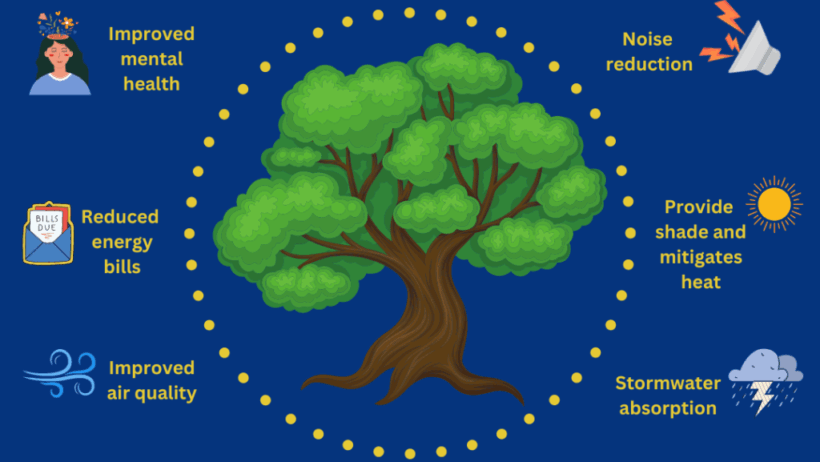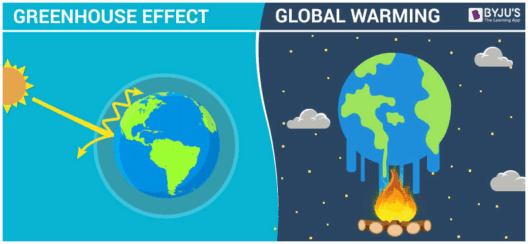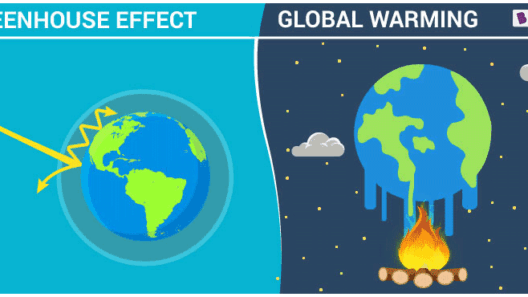As we navigate the daunting reality of climate change, a pressing question arises: how many acres of trees can truly reverse the ravages of global warming? This playful inquiry opens up a world of possibilities, challenging us to envision a greener future fueled by the power of trees. While the enormity of the task may seem intimidating, it is essential to appreciate the potential impact of reforestation efforts on a global scale.
Trees are marvels of nature, acting as vital carbon sinks that absorb carbon dioxide—a main contributor to global warming—from the atmosphere. Through the process of photosynthesis, trees transform carbon dioxide into oxygen, consequently playing a pivotal role in mitigating climate change. A staggering statistic to consider is that one mature tree can absorb approximately 48 pounds of carbon dioxide each year. This raises a significant question: how many trees would it take to make a noticeable dent in the total atmospheric carbon levels?
Let us explore the potential scale that tree planting can achieve. The Global Forest Resources Assessment reported that the world has about 4 billion hectares of forest, a testament to the capacity for restoration. If we were to mobilize efforts to restore even a fraction of degraded land through reforestation, we might significantly enhance global carbon sequestration. Just think: if we could effectively reforest 1 billion acres of land, the tangible benefits would ripple through ecosystems, communities, and even economies.
To put that into perspective, 1 billion acres translates to roughly 400 million hectares. Researchers have estimated that if humanity can sequester just 10% of annual greenhouse gas emissions through reforestation, a profound effect on atmospheric carbon levels could be achieved. The potential challenge remains: how do we galvanize collective efforts to realize such monumental reforestation goals?
Pioneering initiatives across the globe present a framework for success. Japan’s afforestation projects, for example, have rejuvenated forest areas while also addressing local employment opportunities. By employing community-led strategies, individuals become custodians of their natural landscape, reinforcing a sense of ownership and responsibility. This model serves as an inspiring blueprint: engaging local populations can accelerate the overall reforestation initiative, forging deeper connections between people and their environment.
However, the process of reforestation is not without its complexities. Factors such as species selection, environmental compatibility, and socio-economic considerations must all be weighed meticulously to ensure a successful outcome. Planting non-native species, for instance, can lead to unintended consequences for local ecosystems, ultimately exacerbating environmental degradation rather than alleviating it. In light of this, a collaborative approach that involves local ecologists and environmental scientists can help guide responsible tree planting initiatives, fostering biodiversity and ecological resilience.
The urgency of climate action amplifies the need for innovative solutions. Urban environments, where concrete jungles dominate, are ripe for transformation through strategic tree planting. Urban forests not only sequester carbon but also enhance air quality, reduce heat island effects, and promote overall public health. What if we set ourselves an audacious goal to plant a million trees in major metropolitan areas each year? Such a challenge could galvanize diverse stakeholders—from governments to grassroots organizations—to unite under the banner of climate resilience.
In acknowledging the multifaceted role of trees, it is also vital to examine their contribution to water conservation. Trees play a crucial role in the hydrological cycle by assisting in groundwater recharge and reducing surface runoff. The presence of tree canopies can mitigate soil erosion, while root systems stabilize soil, ensuring the vitality of ecosystems. Commencing large-scale reforestation efforts can thus serve a dual purpose: combating climate change while safeguarding critical water resources.
To harness the full potential of reforestation, education and awareness are paramount. Communities must be informed and empowered to partake in the stewardship of their local environments. Initiatives such as tree adoption programs, school-based workshops, and awareness campaigns can cultivate a deep-rooted appreciation for trees and the environment. When citizens understand the investment in trees is an investment in their own future well-being, they become motivated change agents.
The interplay between trees and biodiversity cannot be overstated. Forests serve as habitats for an extraordinary variety of species, making them biodiversity hotspots. When reforestation efforts prioritize native species and local ecosystems, the positive ramifications extend to wildlife preservation and ecosystem health. In this context, the challenge benefits not only humanity but also countless organisms that rely on these habitats for survival.
As we ponder the question of how many acres of trees can reverse global warming, it becomes evident that a multi-pronged approach is crucial. Individuals, organizations, governments, and corporations must work in tandem to create a cohesive strategy for reforestation and climate resilience. Financing reforestation efforts, promoting sustainable practices, and supporting conservation initiatives will lay the groundwork for an enduring legacy of conservation.
In conclusion, while the question remains: how many acres of trees can reverse global warming? The answer is multilayered and complex. However, one thing is crystal clear: every tree planted is a step in the right direction—an investment in hope, biodiversity, and a sustainable future. With collective action and commitment, we can transform our planet, one tree at a time.








